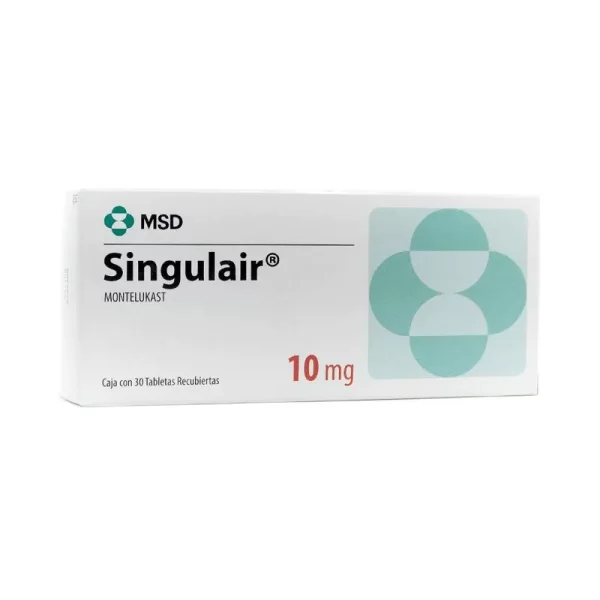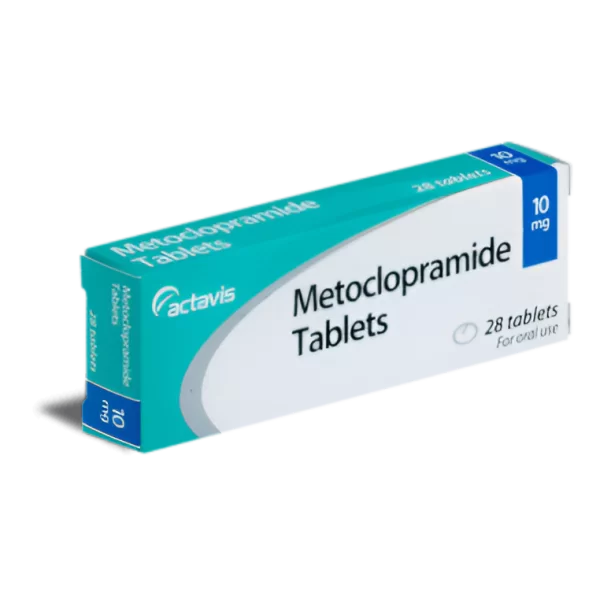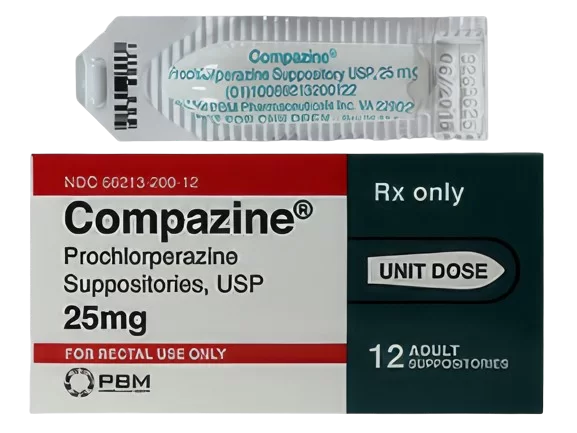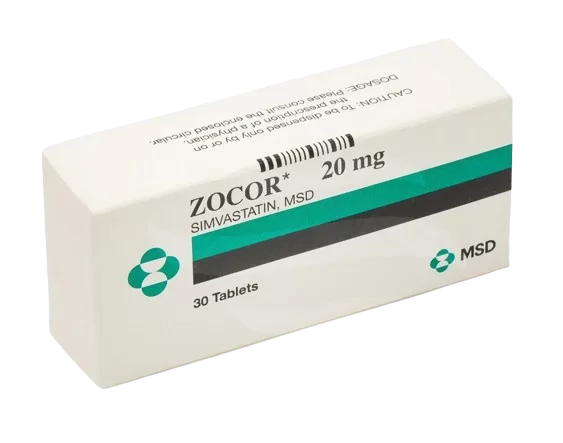
Zofran
Zofran - 8mg
| Product | Per Pill | Savings | Per Pack | Order |
|---|---|---|---|---|
| 30 pills | $1.17 | $35.09 | Buy Now | |
| 60 pills | $0.93 | $14.55 | $70.18 $55.63 | Buy Now |
| 90 pills | $0.85 | $29.09 | $105.27 $76.18 | Buy Now |
| 120 pills | $0.81 | $43.64 | $140.36 $96.72 | Buy Now |
| 180 pills | $0.77 | $72.73 | $210.53 $137.80 | Buy Now |
| 270 pills | $0.74 | $116.37 | $315.81 $199.44 | Buy Now |
| 360 pills | $0.73 | $160.01 | $421.07 $261.06 | Buy Now |
Zofran - 4mg
Overview of Zofran
General Introduction to Zofran
- Zofran, also known by its generic name ondansetron, is an antiemetic medication used to prevent nausea and vomiting caused by cancer chemotherapy, radiation therapy, surgery, and other medical conditions. It works by blocking the action of serotonin, a natural substance that can cause nausea and vomiting. Zofran is available in various forms, including oral tablets, orally disintegrating tablets, oral solution, and injectable forms.
Key Benefits and Unique Properties of Zofran
- Effective Nausea and Vomiting Prevention: Provides significant relief from nausea and vomiting associated with chemotherapy, radiation, and surgery.
- Rapid Onset of Action: Begins to work within 30 minutes of administration, providing quick relief.
- Multiple Administration Routes: Available in oral, orally disintegrating, and injectable forms, offering flexibility based on patient needs.
- Well-Tolerated: Generally well-tolerated with a favorable side effect profile.
- Non-Sedative: Unlike some antiemetics, Zofran does not cause significant drowsiness, making it suitable for use in various settings.
Effectiveness of Zofran
- Clinical studies have demonstrated Zofran's effectiveness in preventing nausea and vomiting associated with chemotherapy, radiation therapy, and postoperative recovery. It is often preferred due to its rapid onset and minimal sedative effects.
Safety and Tolerability of Zofran
- Zofran is generally well-tolerated, but it is associated with certain side effects. Common side effects include headache, dizziness, constipation, and fatigue. Serious side effects are rare but can include QT prolongation, which can affect heart rhythm. Adherence to prescribed dosages and regular monitoring can minimize these risks.
Indications for Use of Zofran
Diseases and Conditions Treated by Zofran
- Zofran is indicated for the prevention of nausea and vomiting associated with cancer chemotherapy, radiation therapy, and surgery.
Primary Symptoms and Indications for Zofran
- Chemotherapy-Induced Nausea and Vomiting (CINV): Effective in preventing nausea and vomiting caused by cancer chemotherapy.
- Radiation Therapy-Induced Nausea and Vomiting: Helps prevent nausea and vomiting associated with radiation therapy.
- Postoperative Nausea and Vomiting (PONV): Used to prevent nausea and vomiting following surgery.
Dosage and Administration of Zofran
Recommended Dosage of Zofran
- The typical adult dose for preventing nausea and vomiting associated with chemotherapy is 8 mg administered 30 minutes before the start of chemotherapy, followed by 8 mg every 12 hours. For radiation therapy, the usual dose is 8 mg administered 1 to 2 hours before therapy, followed by 8 mg every 8 hours. For postoperative nausea and vomiting, the usual dose is 16 mg administered 1 hour before anesthesia induction.
Timing and Frequency of Zofran Administration
- Chemotherapy-Induced Nausea and Vomiting: Administered 30 minutes before chemotherapy, then every 12 hours.
- Radiation Therapy-Induced Nausea and Vomiting: Administered 1 to 2 hours before radiation therapy, then every 8 hours.
- Postoperative Nausea and Vomiting: Administered 1 hour before anesthesia induction.
Additional Recommendations for Zofran Use
- Proper Use: Follow the dosing instructions provided by a healthcare professional. Zofran can be taken with or without food.
- Missed Dose: If a dose is missed, take it as soon as remembered unless it is almost time for the next dose. Do not double the dose to make up for the missed one.
- Monitoring: Regular follow-up appointments with a healthcare provider can help monitor the effectiveness of the medication and any potential side effects.
Mechanism of Action of Zofran
Description of Zofran Mechanism
- Zofran works by blocking serotonin 5-HT3 receptors in the brain and gastrointestinal tract. This action prevents serotonin from binding to its receptors, which helps reduce the occurrence of nausea and vomiting.
Biochemical Processes Involving Zofran
- Receptor Antagonism: By blocking serotonin 5-HT3 receptors, Zofran prevents the activation of the vomiting reflex in the brain.
- Reduction of Inflammatory Mediators: Decreases the release of other inflammatory mediators that contribute to nausea and vomiting.
Physiological Effects of Zofran
- Symptom Relief: Reduces the incidence and severity of nausea and vomiting in patients undergoing chemotherapy, radiation therapy, and surgery.
- Non-Sedative Relief: Provides symptom relief without significant sedation, allowing patients to maintain normal daily activities.
Composition of Zofran
- Ingredients in Zofran
- Zofran contains the active ingredient ondansetron hydrochloride, which is responsible for its antiemetic effects.
- Inactive ingredients in Zofran formulations may include lactose, magnesium stearate, microcrystalline cellulose, and other excipients that help stabilize the formulation and ensure proper delivery of the medication.
Side Effects of Zofran
General Introduction
- Understanding potential side effects helps ensure the safe use of Zofran. Patients should be aware of common and serious side effects to monitor their health effectively while on the medication.
Possible Side Effects of Zofran
- Common Side Effects: Headache, dizziness, constipation, and fatigue.
- Less Common Side Effects: Diarrhea, abdominal pain, and transient increases in liver enzymes.
- Serious Side Effects: Rare but serious side effects include QT prolongation, which can lead to arrhythmias, and severe allergic reactions (anaphylaxis).
Frequency and Severity of Zofran Side Effects
- Common side effects are generally mild and manageable with dose adjustments and supportive care. Serious side effects are rare but can be life-threatening, necessitating immediate medical intervention. Regular follow-ups and patient education on correct usage can minimize risks.
Prevention of Side Effects of Zofran
General Introduction
- Preventing side effects is key to maximizing the therapeutic benefits of Zofran. By following preventive measures, patients can reduce the likelihood of experiencing adverse reactions.
Tips for Preventing Zofran Side Effects
- Proper Technique: Use Zofran as directed, following the instructions for proper administration.
- Regular Monitoring: Regular check-ups with healthcare providers can help detect and manage potential side effects early.
- Consult Healthcare Providers: Inform your healthcare provider about any other medications or supplements to avoid potential interactions.
- Hydration and Nutrition: Maintain adequate hydration and a balanced diet to support overall health.
- Avoid Alcohol: Limit alcohol consumption, as it can increase the risk of dizziness and other side effects.
Contraindications for Zofran
General Introduction
- Understanding contraindications ensures the safe use of Zofran. Certain conditions and diseases may preclude the use of this medication.
Conditions and Diseases Contraindicating Zofran
- Hypersensitivity: Patients with a known hypersensitivity to ondansetron or any of its components should not use this medication.
- Congenital Long QT Syndrome: Use with caution in patients with congenital long QT syndrome, as Zofran can prolong the QT interval.
- Severe Hepatic Impairment: Use with caution in patients with severe hepatic impairment, as it can affect the metabolism and excretion of the drug.
Warnings/Precautions for Zofran
General Introduction
- Following precautions is essential to ensure the safe and effective use of Zofran. Patients should be informed about potential risks and how to mitigate them.
Important Warnings for Zofran
- QT Prolongation: Zofran can cause QT prolongation, which can lead to serious heart arrhythmias. Patients with existing heart conditions should use this medication with caution.
- Severe Allergic Reactions: Be alert for signs of severe allergic reactions such as rash, itching, swelling, and difficulty breathing.
- Electrolyte Imbalance: Use with caution in patients with electrolyte imbalances, as this can increase the risk of QT prolongation.
Precautions for Zofran Use
- Regular Monitoring: Regular check-ups with healthcare providers are essential to monitor for potential side effects and ensure effective treatment.
- Patient Education: Educate patients on the signs and symptoms of serious side effects and when to seek medical help.
- Lifestyle Adjustments: Encourage lifestyle modifications such as maintaining a balanced diet, regular exercise, and avoiding known allergens to support overall health.
Missed Dose of Zofran
General Introduction
- Proper management of missed doses helps maintain effective treatment outcomes. Patients should be aware of how to handle missed doses to avoid disruptions in their treatment regimen.
Steps to Take if a Dose is Missed
- Timely Action: Take the missed dose as soon as remembered unless it is almost time for the next dose.
- Avoid Doubling: Do not double the dose to make up for the missed one. Instead, continue with the next dose as scheduled.
Tips for Adherence to Dosing Schedule
- Set Reminders: Use alarms or reminders on your phone to remember to take your doses.
- Consistent Routine: Take the medication at the same time every day to reduce the likelihood ofmissing a dose.
- Medication Organizer: Use a pill organizer to keep track of your doses and avoid missing any.
Drug Interactions with Zofran
General Introduction
- Understanding drug interactions is crucial for ensuring the safe use of Zofran. Some medications can affect the action of Zofran or increase the risk of side effects.
Examples of Drug Interactions
- CYP3A4 Inhibitors: Concurrent use with strong CYP3A4 inhibitors (e.g., ketoconazole, erythromycin) can increase the plasma concentration of ondansetron, potentially leading to increased side effects.
- CYP3A4 Inducers: Drugs that induce CYP3A4 (e.g., rifampin, carbamazepine) can decrease the plasma concentration of ondansetron, reducing its effectiveness.
- Medications Affecting QT Interval: Concurrent use with other medications that prolong the QT interval (e.g., amiodarone, sotalol) can increase the risk of serious heart arrhythmias.
- Serotonergic Drugs: Co-administration with serotonergic drugs (e.g., SSRIs, SNRIs) can increase the risk of serotonin syndrome, a potentially life-threatening condition.
Preventing Negative Interactions
- Inform Healthcare Providers: Inform your healthcare provider about all medications and supplements you are taking.
- Monitor for Symptoms: Watch for signs of side effects or unusual reactions and report them to your healthcare provider promptly.
- Read Labels Carefully: Check labels for potential interactions with other medications, especially over-the-counter drugs that may also contain similar active ingredients.
Overdose of Zofran
Symptoms of Overdose
- Common Symptoms: Overdose can lead to symptoms such as severe drowsiness, agitation, rapid heart rate, and hypotension.
- Severe Symptoms: Severe overdose may result in significant cardiovascular symptoms, respiratory depression, and loss of consciousness.
Immediate Actions in Case of Overdose
- Seek Medical Help: Immediately seek medical attention if an overdose is suspected.
- Supportive Measures: Medical personnel may provide supportive measures such as monitoring vital signs, administering intravenous fluids, and managing symptoms.
Pharmacokinetics of Zofran
Absorption
- Rate and Extent: Zofran is rapidly absorbed after oral administration, with peak plasma concentrations occurring within 1.5 to 2 hours.
Distribution
- Tissue Distribution: Zofran is widely distributed throughout the body and is approximately 70-76% protein-bound.
Metabolism
- Metabolic Pathways: Zofran is extensively metabolized in the liver, primarily by cytochrome P450 enzymes CYP3A4, CYP1A2, and CYP2D6.
Elimination
- Excretion: The drug is excreted mainly through the urine, with a half-life of about 3 to 5.5 hours in adults.
Dosage Forms of Zofran
Available Forms and Strengths
- Oral Tablets: Typically available in 4 mg and 8 mg strengths.
- Orally Disintegrating Tablets: Available in 4 mg and 8 mg strengths, suitable for patients who have difficulty swallowing.
- Oral Solution: Available in a concentration of 4 mg/5 mL.
- Injectable Form: Available in various concentrations for intravenous or intramuscular administration.
Advantages of Different Forms
- Oral Tablets and Orally Disintegrating Tablets: Convenient for daily use and easy administration.
- Oral Solution: Suitable for patients who have difficulty swallowing tablets or prefer liquid medication, allowing for flexible dosing.
- Injectable Form: Provides rapid onset of action for acute management of nausea and vomiting.
Pregnancy and Breastfeeding
Safety During Pregnancy
- Risks to Fetus: The safety of Zofran during pregnancy has not been fully established. While there is some evidence of potential risks, it should be used during pregnancy only if clearly needed and prescribed by a healthcare provider.
- Recommendations: Pregnant women should use Zofran under the guidance of a healthcare provider, weighing the potential risks and benefits.
Safety During Breastfeeding
- Excretion in Breast Milk: Zofran is excreted in breast milk in small amounts. The effects on a nursing infant are not well-documented, but potential risks should be considered.
- Recommendations: Consult a healthcare provider before using Zofran while breastfeeding to ensure safety for both mother and baby.
Storage Conditions
General Storage Recommendations
- Storage Temperature: Store at room temperature between 20°C to 25°C (68°F to 77°F).
- Protection from Light and Moisture: Keep in the original packaging, protected from light and moisture.
Shelf Life
- Expiration Date: Check the expiration date on the package and do not use the medication after it has expired.
Clinical Trials and Efficacy
Overview of Clinical Trials
- Study Design and Methods: Clinical trials include randomized controlled trials assessing the efficacy and safety of Zofran in preventing nausea and vomiting associated with chemotherapy, radiation therapy, and surgery.
Key Findings and Conclusions
- Efficacy Results: Studies have shown that Zofran effectively reduces the incidence and severity of nausea and vomiting in patients undergoing chemotherapy, radiation therapy, and surgery.
- Safety Profile: Side effects are generally manageable with dose adjustments and monitoring. Serious side effects are rare when used correctly.
Conclusion
Summary of Key Aspects:
- Zofran is a versatile medication for managing nausea and vomiting associated with chemotherapy, radiation therapy, and surgery. It offers significant benefits in symptom relief with multiple administration routes for flexibility in treatment.
Recommendations for Improving Therapy:
- Follow healthcare professional instructions, adhere to prescribed dosages, and attend regular check-ups to optimize treatment and minimize side effects. Monitoring and adjusting lifestyle factors, such as maintaining a balanced diet and regular exercise, can further enhance the therapeutic benefits.
Final Conclusion:
- Zofran provides essential support in managing nausea and vomiting, helping to improve the quality of life for patients undergoing chemotherapy, radiation therapy, and surgery. Proper use and adherence to precautions maximize the therapeutic benefits and minimize risks, offering substantial improvements in patient health and well-being.




